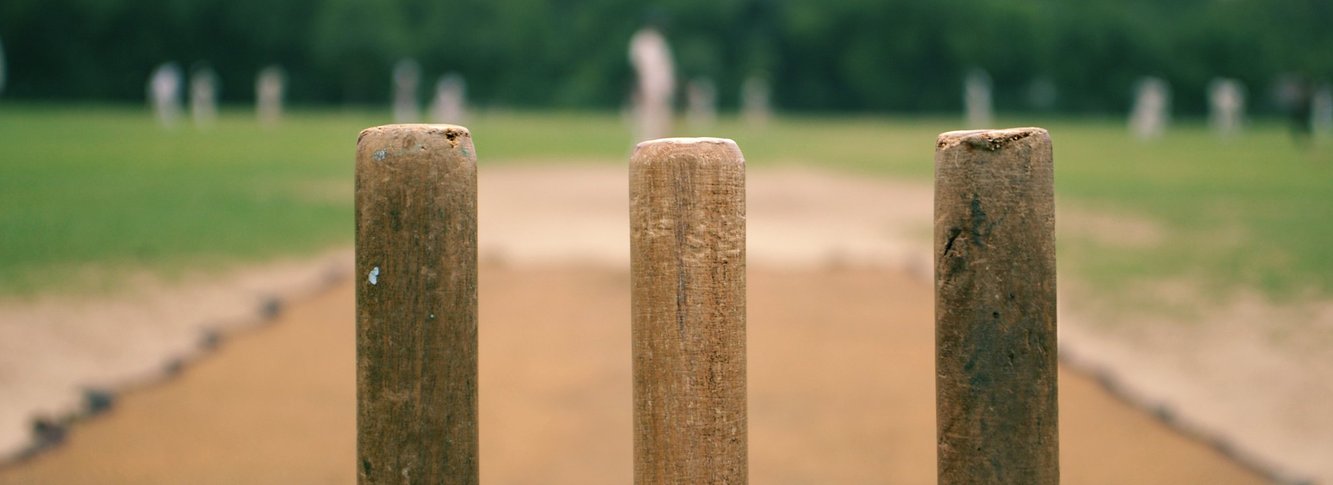| 6 mins read
In recent years, cricket cultures, practices, and institutions in England have been the subject of vigorous debate and controversy surrounding ‘race’ and racism. Despite its previous vitality, Black cricket in England has been overshadowed by the more numerous and commercially viable South Asians, specifically in terms of the England & Wales Cricket Board’s (ECB) recent public relations work and funding allocations
When the ECB was established in January 1997, it inherited a vibrant population of black Caribbean cricketers at all levels. In particular, the creation of the Haringey Cricket College in 1984 was a landmark achievement in black cricket. Working in deprived areas of Tottenham, it produced more first-class cricketers than many of the most expensive, ‘elite cricket schools’ in England.
Following cuts to Haringey council’s budget, and the loss of other funding streams, the college closed in September 1997. As the college’s financial difficulties mounted, trustees begged for financial support from cricket’s governing body, the ECB, but the Haringey project was deemed unworthy.
The Sports Council called Haringey the “world’s most successful sports academy”. So how did it come to be shut down?
The following analysis draws on a range of oral history interviews as well as archival materials previously unseen by any researcher or journalist who has approached Haringey College.
Black Cricket in England
From the 1970s up to the mid-1990s, England’s black settlers and their children built a rich ecosystem of cricket: community clubs, workplace teams, leagues, and cup competitions.
For a while, the English cricket establishment was willing to tap into this black cricket talent pool, turning to black English cricketers to bolster their teams. From 1980 to 1997, fourteen black men made their debuts for the England national cricket team, only three of them born in England. They played a combined total of 251 test matches, widely considered the top level of the game. Throughout, the environment was frequently hostile. 1995 and 1996 were particularly notable for the general negativity, alongside blatant racism, directed towards some of England’s black cricketers.
The Haringey Cricket College
In 1984, the Haringey Cricket College opened. Former West Indian international cricketer Reg Scarlett became director of cricket. The college offered places to around ten people (mostly men) each year, often taking them directly from the local unemployed. Whilst the main emphasis was cricket, the curriculum also provided graduates with a future on or off the pitch.
By the mid-1990s, there were thirty-three active professional cricketers who had either come to England from the Caribbean as children or were born in England to parents of Caribbean origin. Half of that total—fifteen first class players—had been trained at Haringey, while other black England internationals benefitted from training informally at Haringey. In total the college produced over 100 graduates. All students gained a National Vocational Qualification (NVQ). The Sports Council called it the ‘most successful Sports Academy in the world.’
The college had been receiving £50,000 of funding from the Littlewoods Pools—a private, for-profit entity with a philanthropic arm. In 1996, Littlewoods Pools revenues declined, and the college’s funding was withdrawn. The loss of the Littlewoods Pools money left a critical funding gap.
The ECB’s annual revenue in 1997 was £40 million. Most of this was sent directly to the traditional cricket counties, regardless of their performance. Some £2 million was also allocated annually to cricket charities, rising to about £2.5 million by 1999.
As early as July 1996, Haringey College trustees wrote to cricket’s top administrators to ask for support. College trustees wrote detailed letters in January 1997, detailing their plight and imminent closure. They also begged the ECB Chair in summer 1997 for assistance, but nothing more was offered. By September, the college had closed.
Given the quantity of information available, it is unreasonable to suppose that the ECB were ignorant of Haringey’s achievements. As such, even generous readings suggest the ECB’s indifference towards the achievements of the Haringey project, and, by implication, the present and future value of black cricket in England. Since 1997, the number of black professional cricketers in England has dwindled by 75 per cent.
Black & English – Cricket’s Complicity
The college’s closure had serious material impacts on the talent pool of upcoming black English players. For many, it also signalled that the cricket establishment saw black cricket as unimportant. The club’s extraordinary success ‘on a shoestring’ was ‘an embarrassment to the cricketing establishment,’ according to interviewees. One asked: if mainstream cricketing authorities had been doing their job properly, ‘why would something like Haringey even need to exist?’
Haringey’s demise involved decisions not to help, at the highest level within English cricket, by those cognisant of the college’s achievements. This supports black cricketer Michael Carberry’s claim that “black people are not important to the structure of English cricket.” It also raises questions as to the way in which Englishness has historically been based on “racial thinking”.
The ECB has recently channelled some money into the ACE (African Caribbean Engagement) programme and other community projects. What the ECB has not done is offer a public view on how the black population in England became disengaged, or how the Haringey project came to be shut down.
This raises very serious questions about the role of the ECB, its attitudes, and its actions towards black cricket since the governing body’s inception.
More broadly, the question arises as to how cricket's authorities should address issues of structural racism—historical and contemporary. Can public apologies help and should injections of new money be part of a rebuilding of trust?
Need help using Wiley? Click here for help using Wiley


